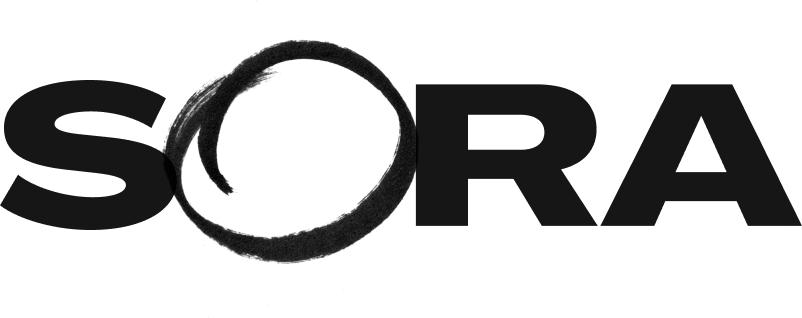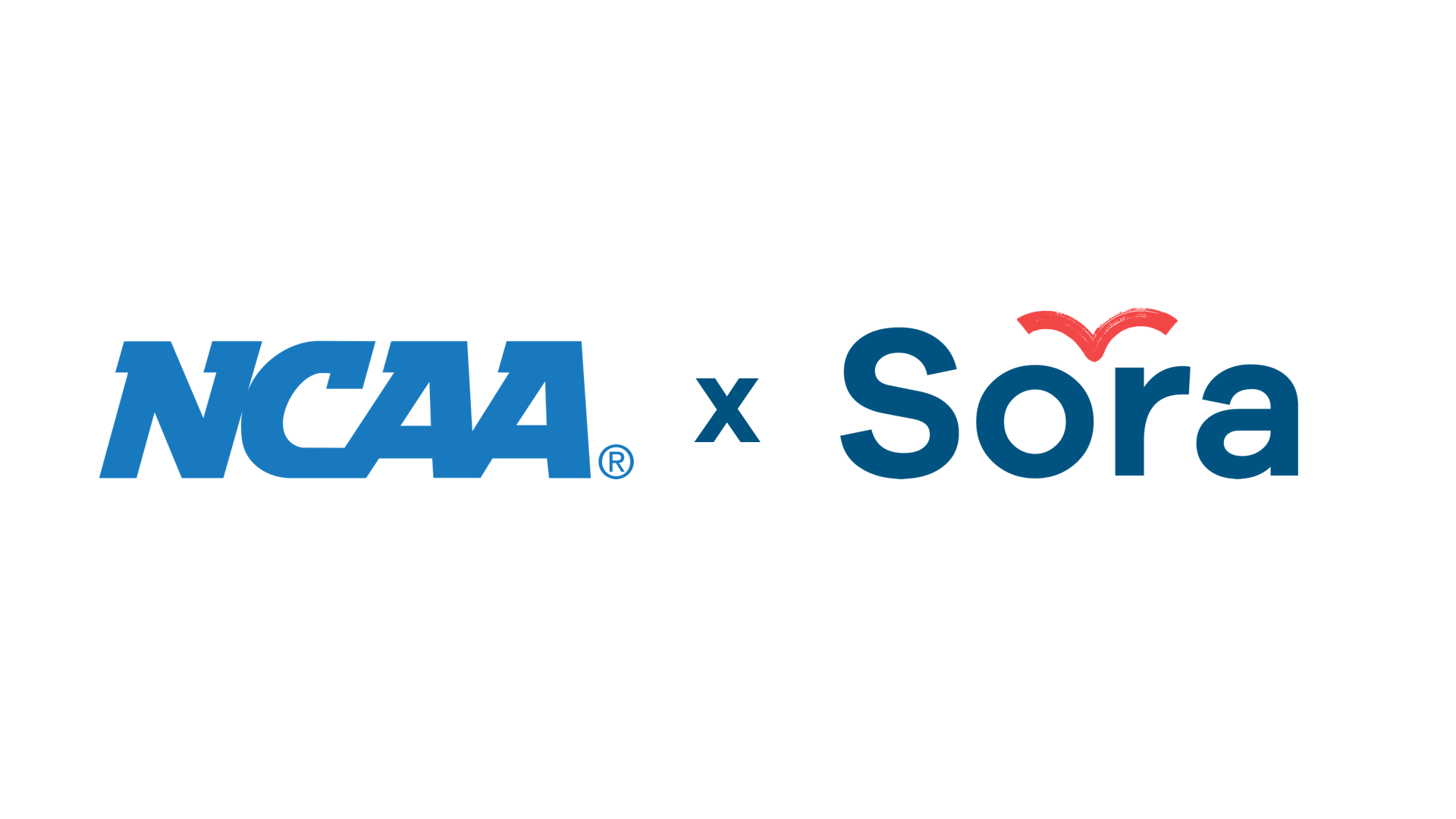Most schools are full of disengaged students that don’t care about what they’re learning. According to a Gallup poll of close to one million students in the US, around 50% of adolescents in high school feel disengaged in school, and 20% of them are actively disengaged. And if students aren’t engaged, then they aren’t learning.
In a traditional school environment, students are passive learners. They spend most of the day sitting in a classroom listening to a lecture, and spend most of their nights studying and preparing for tests that they’ll forget about soon after. They’re studying content and learning about subjects they don’t feel connected to or aren’t interested in. They don’t see value in their work, and they don’t feel like what they’re learning will contribute to their goals for the future. This ultimately leads to absenteeism, depression, and overall lower academic performance.
But in a project-based learning setting, students are much more actively involved in their education. Instead of being a passive audience, students are meaningfully involved and actually drive the learning process. If done correctly, students will feel much more engaged and learn more effectively as a result.
Here’s how project-based learning allow students to take charge, and why it works.
Giving Students Voice and Choice
Student ownership is the amount of investment students have in what they’re learning, how they’re learning, and the places where learning happens. In a project-based learning setting, students can decide the scope of their studies and how they want to achieve the goal of the project. They can even help decide how their work will be assessed at the end, as long as there is evidence that they have learned or mastered the material. By doing so, they’ll be intrinsically motivated in their work and much more enthusiastic about their own learning.
PBL also helps students build confidence. Throughout the project, they’ll present the progress on their work many times. At first, most students will be shy or may not want to share their ideas, which is perfectly natural. But over time, they’ll improve and embrace the process!
It’s important to note that the educator’s role in this setting is that of a facilitator. The educator establishes clear learning objectives and sets expectations. They guide the student and answer questions, but they don’t give exact instructions. They’ll certainly mess up from time to time, but that’s what allows the student to learn!
Personalizing Their Learning and Make it Relatable
One of the most common questions asked by students in school is “why should I bother learning this”.
With projects, educators can use their knowledge of students—their strengths, aspirations, communication styles—to help design better projects for them. By tying academic content directly to the students’ interests, they can get student buy-in. For example, maybe a student isn’t interested in reading a chapter of a biology textbook, but they might be interested in understanding the environmental impact of coral reefs disappearing around the globe. Through that project, they will better connect with the content and be compelled to work harder. Real world work gives students a better understanding of subjects through relevancy and authenticity.
What We’ve Seen at Sora
At Sora, our curriculum is entirely project-based. Here’s what we’ve learned about implementing project-based learning and letting students take charge at our school.
We’ve seen impressive growth in our students’ capabilities and knowledge, but there were definitely bumps along the road. PBL gives students a lot more freedom than they’re used to, and because of that they can feel overwhelmed and uncertain about their deliverables and even their productivity. Our program scaffolds their learning with weekly, in-depth 1:1 discussions with teachers, daily check-ins, and a weekly presentation on their project progress with other students as their audience.
Aside from the students, our educators also needed support in the process. PBL isn’t as simple as just reading from a textbook and administering multiple choice tests. At Sora, we give our educators time to plan projects with students on the backend and help them collaborate with each other. We also do a lot of research on the cutting edge methodologies of progressive education and pass our learnings onto our faculty to help them better teach our students.
If you’re interested in learning more about our online, project-based high school, please check out our website and reach out to our team to learn more about how Sora can work for your student!





![[Transcript] Ava’s Senior Class of 2022 Graduation Speech Thumbnail](https://blog.soraschools.com/wp-content/uploads/2022/06/Grad-Speech-Banner.png)


